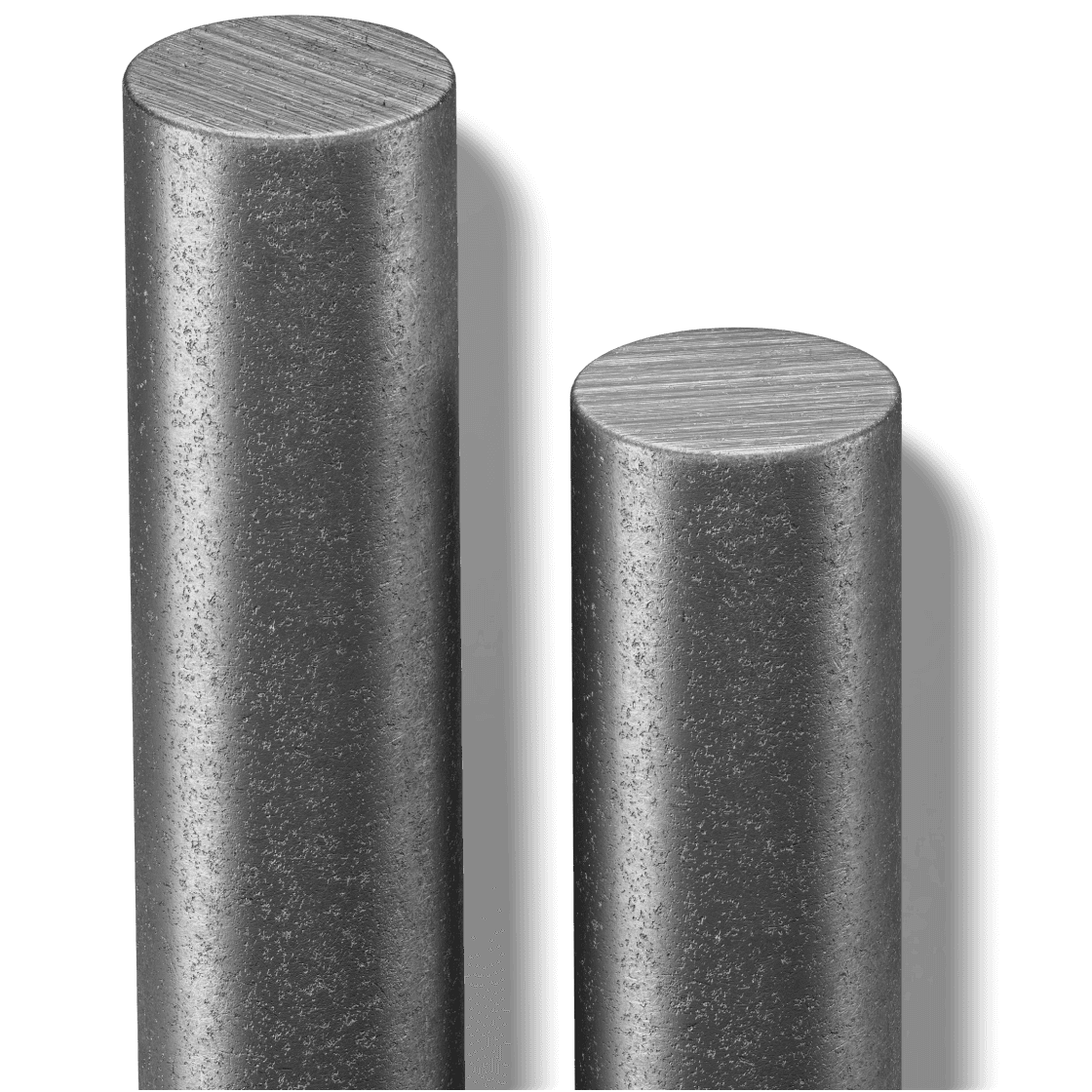Aluminium, nickel, cobalt
cast
Versatile, see data sheet
Versatile range of shapes
Product
Versatile
Due to their specific properties and undeniable advantages, AlNiCo magnets are used in many applications. The stable magnetization that these magnets possess after artificial aging is certainly one of their major benefits. In addition, there are no other materials that possess such a low temperature coefficient of remanence induction as AlNiCo magnets.
High magnetic performance
Stability at high temperatures
Good corrosion resistance
General
The benefits are clear and evident
AlNiCo magnets have a high magnetic flux density (B field). They can therefore be strongly magnetized and exert a strong pull on ferromagnetic materials. Compared to other magnets, such as neodymium magnets, AlNiCo magnets retain their properties better even at high temperatures. They remain stable at temperatures up to 500°C (932°F) without significant loss of magnetic strength. Other advantages of these magnets are their good corrosion resistance, which is particularly important in environments with high humidity or other corrosive conditions. They are also very durable against breakage and abrasion.
PRODUCTION PROCESS
Cast magnets
For cast AlNiCo magnets, the specific mixture of aluminum, nickel, cobalt and iron is melted and then cast into the mold. Further processing then takes place.
Note
Despite their advantages, AlNiCo magnets exhibit certain weaknesses due to the materials used. Compared to neodymium magnets, they only possess a moderate magnetic strength. They are more susceptible to breakage. The manufacturing process requires complex procedures, resulting in higher costs for AlNiCo magnets. Ultimately, however, the choice of the suitable type of magnet always depends on the specific requirement.
TECHNICAL DATA
What the cast AlNiCo magnet can do t
The choice of cast AlNiCo magnets depends on the specific requirements of the application, such as magnetic performance, media resistance or shape.
AlNiCo cast, isotropic
AlNiCo cast, anisotropic

Further Questions? Talk to an Expert!

